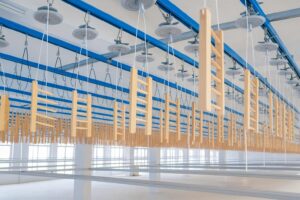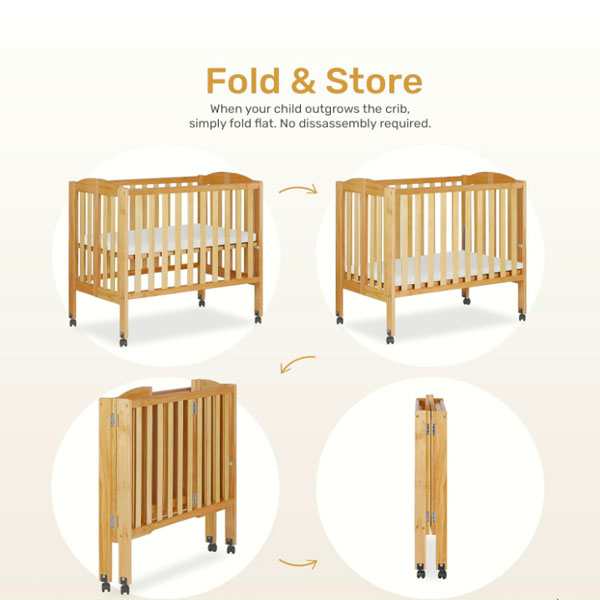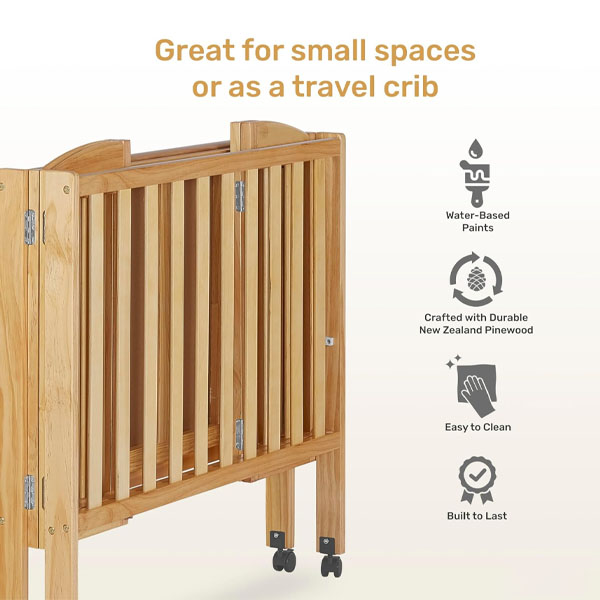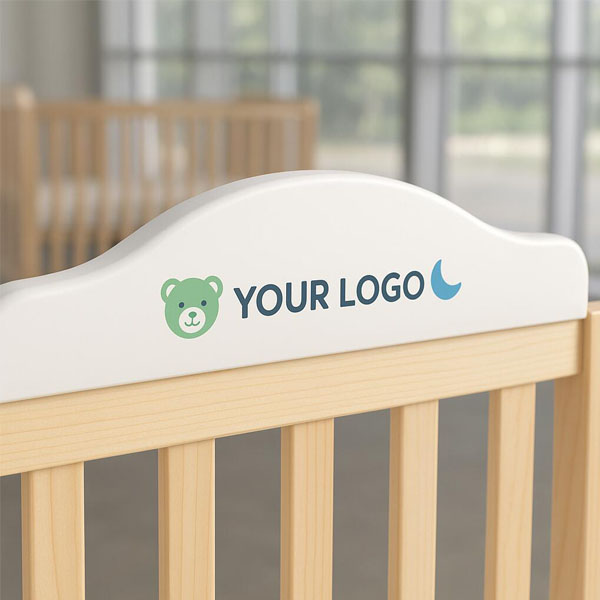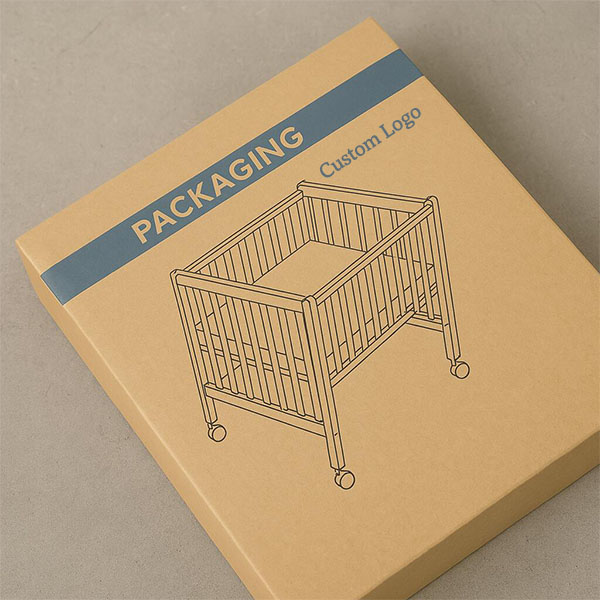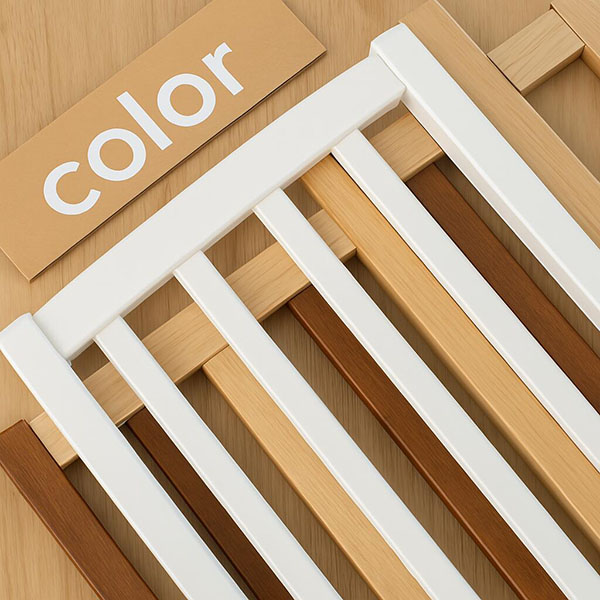What are some simple, DIY, educational toddler toys?
Want to help your toddler learn while they play — without buying more plastic?
Simple DIY educational toys for toddlers include sensory bins, matching games, threading activities, and shape sorters made from items you already have at home.
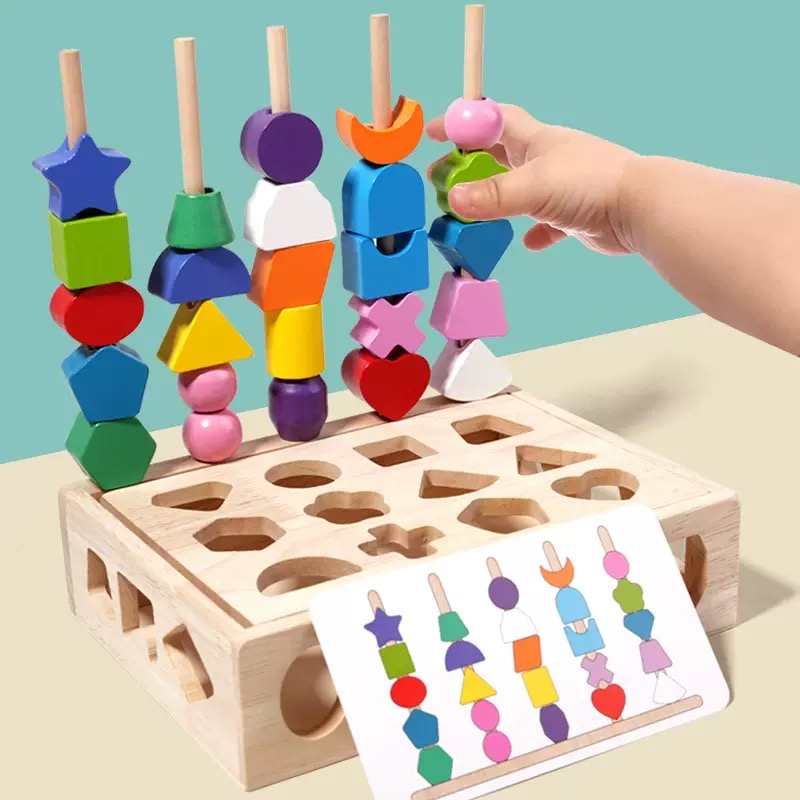
You don’t need a big budget to keep your toddler learning. I’ve made dozens of fun and brain-boosting toys using cardboard, cloth, and containers. It takes minutes — and kids love them.
Why make DIY toys for toddlers?
You save money — and teach more at the same time.
DIY toddler toys are customizable, cost-effective, and give you full control over what your child plays with — no batteries, screens, or waiting for shipping.
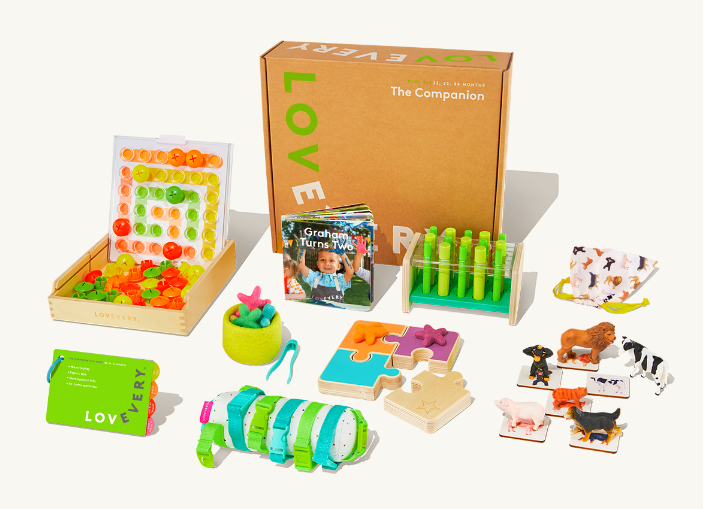
Benefits of DIY toys
| Benefit | Description |
|---|---|
| Budget-friendly | Most toys use recycled household items |
| Easy to make | No special tools or skills needed |
| Educational | Promotes fine motor skills, sorting, and memory |
| Customizable | Match it to your child’s interests or learning goals |
When my toddler was into colors, I made a color-matching board using clothespins and paint chips — it cost nothing and they played with it every day.
What are the easiest DIY educational toys to start with?
Start with what you have — paper rolls, boxes, spoons, lids.
The best beginner-friendly DIY toys include drop boxes, threading games, sensory bottles, and Velcro boards.
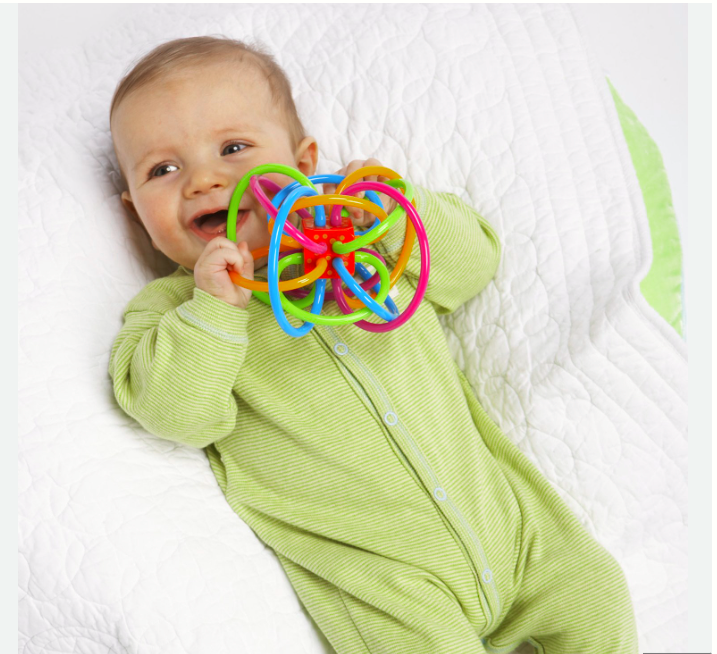
Quick DIY toy ideas
| Toy | Materials | Skills Practiced |
|---|---|---|
| Drop box | Tissue box + bottle caps | Fine motor + cause and effect |
| Threading toy | Shoelace + pasta/beads | Coordination + focus |
| Sensory bottles | Water bottles + glitter/beads | Visual stimulation + calm |
| Shape sorter | Cereal box + paper shapes | Matching + problem-solving |
I cut holes in a coffee can lid to create a shape sorter — my toddler spent 20 minutes trying different sizes and shapes. That’s a win.
How do DIY toys support learning?
They make learning feel like play.
DIY toys help toddlers develop essential skills like hand-eye coordination, matching, sorting, sequencing, and sensory processing — all without screens.

Skills supported by DIY toys
| Toy Type | Skill Area |
|---|---|
| Matching cards | Memory and visual recognition |
| Threading beads | Fine motor control and patience |
| Texture boards | Sensory awareness |
| Color sorters | Categorization and early math |
Every DIY toy I make focuses on one skill — whether it’s scooping, stacking, or sorting. Keep it simple and your child will naturally engage.
What tools or supplies should I keep on hand?
You don’t need a craft room — just a few basics.
Common supplies for DIY toddler toys include cardboard, tape, Velcro dots, scissors, glue, fabric scraps, plastic containers, and safe household items.
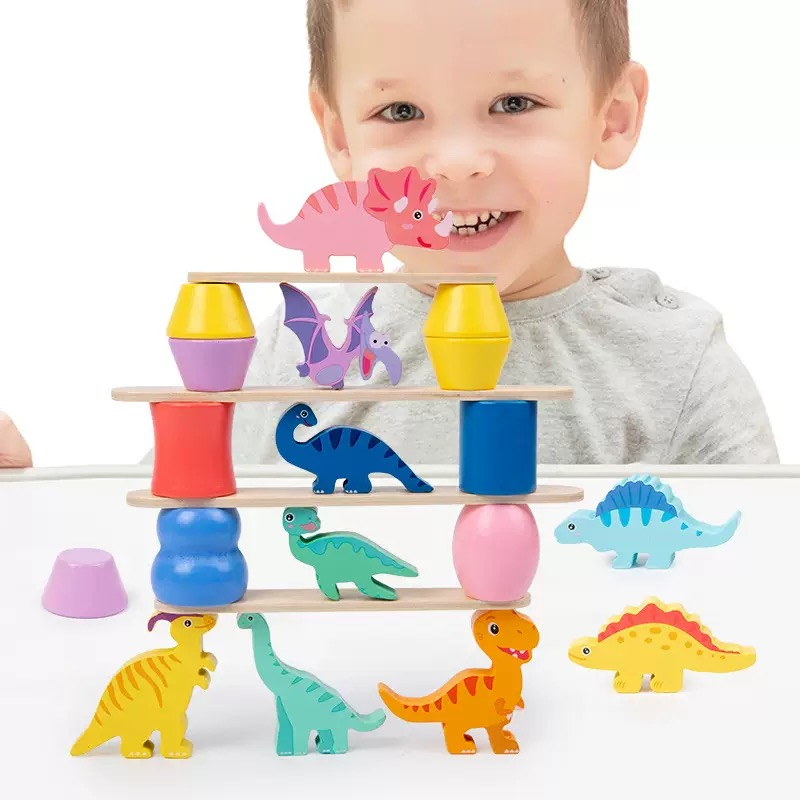
Basic DIY toy toolkit
| Item | Use |
|---|---|
| Cardboard | Structure and shape for puzzles, boards |
| Masking tape | Safe edges and building games |
| Velcro dots | Matching, busy boards |
| Empty containers | Sorting, scooping, dropping |
| Cloth scraps | Texture, color, soft parts |
| Paint/chalk | Marking and decorating |
I keep a small box in the kitchen for these materials. Anytime I have 10 minutes, I build a new game and let my toddler explore.
Can DIY toys be used as Montessori tools?
Yes — they’re perfect for it.
Montessori toys focus on real-world tasks, simplicity, and hands-on learning. DIY toys like scooping stations, object permanence boxes, and sorting trays align perfectly with that philosophy.
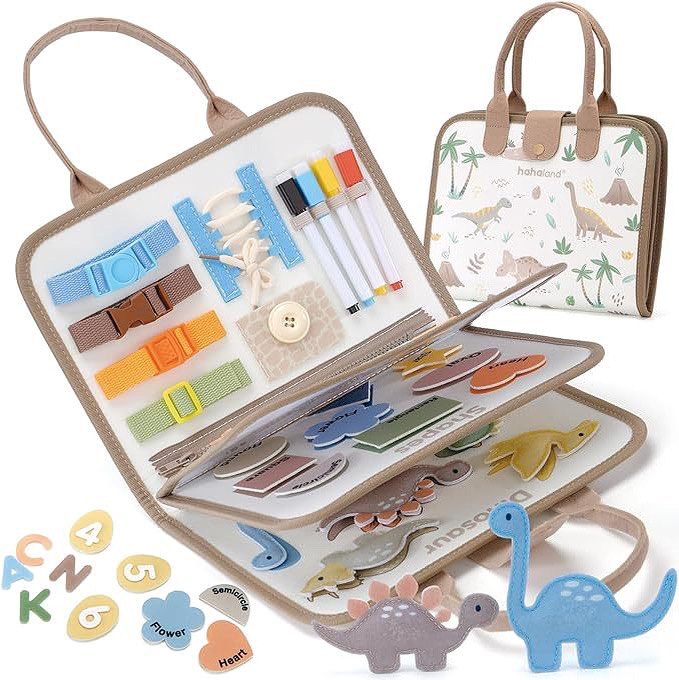
Montessori-inspired DIY ideas
| Toy | Purpose |
|---|---|
| Object permanence box | Teaches “things exist even when unseen” |
| Pouring station | Builds independence and motor control |
| Button frame | Develops dressing skills |
| Matching tray | Enhances visual discrimination |
I made a Montessori-style posting toy with a shoebox and poker chips. It helped with hand control and focus — and cost me nothing.
Conclusion
DIY educational toddler toys turn simple materials into powerful learning tools — no apps, noise, or expensive gear required.

